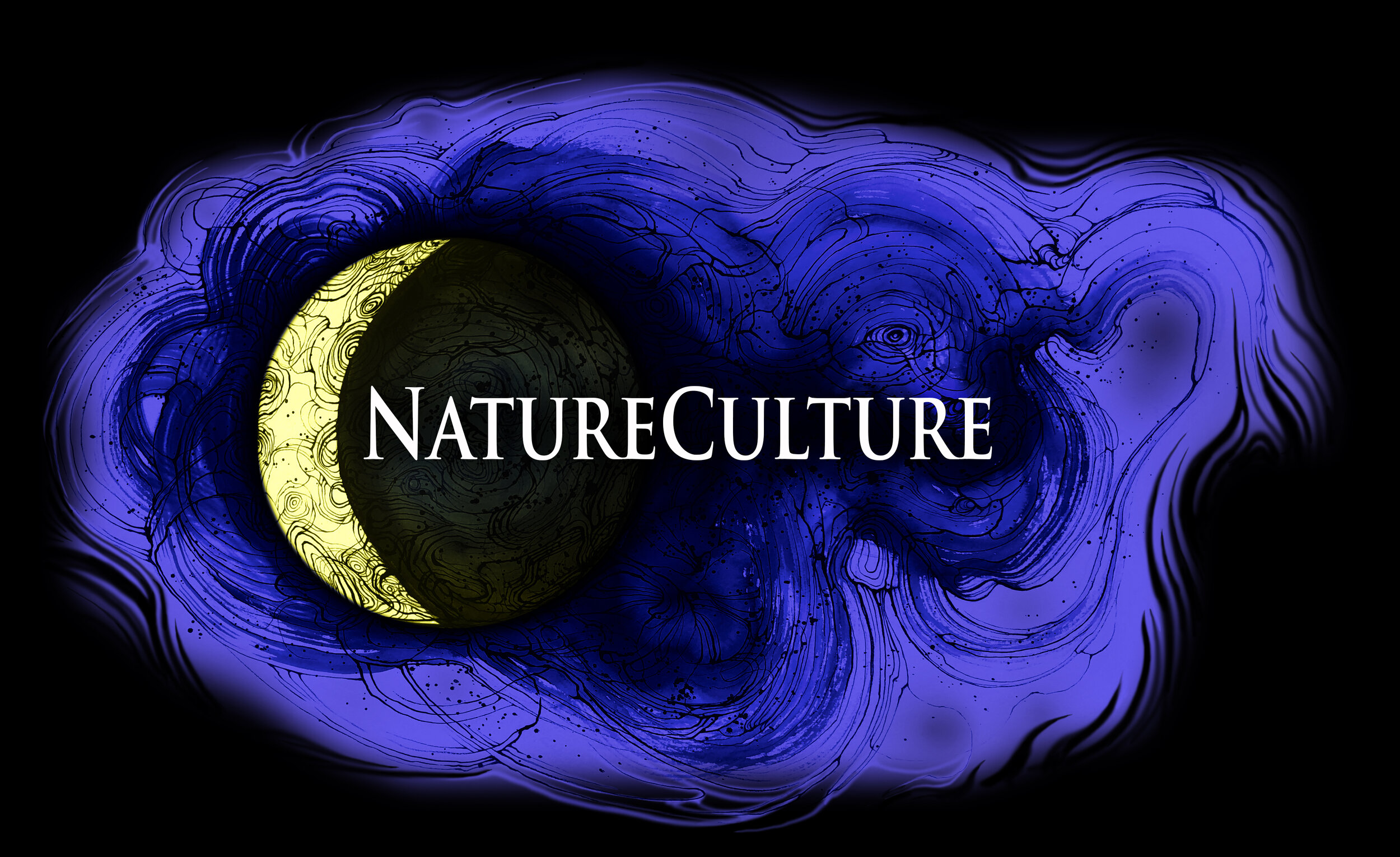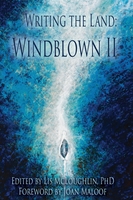Cover Art “Seedpod” by Martin Bridge
Writing the Land: Windblown II
Writing the Land: Windblown II is an anthology of 11 land trusts and 24 poets who wrote poems inspired by their adopted lands across the country. Information about the land trusts and lands open to the public is included within each chapter as well as the poems. Purchase your copy from any participating land trust.
“Writing the Land is an attempt to honor nature and our relationship with it in a way that is as equitable and transparent as it is deep and entangled. We intend to be as inclusive—to humans and places
—as we hope the mantle of protection that land trusts offer can be. Our work will never be complete but gains strength, depth, beauty, and energy in a multitude of voices.” —-Lis McLoughlin, editor
Windblown II Includes Lands Protected by:
Avalonia Land Conservancy (CT)
Baltimore Green Space (MD)
Columbia Land Trust (OR and WA)
Colorado Cattlemen's Agricultural Land Trust (CO)
Duke Farms (NJ)
Great Peninsula Land Conservancy (WA)
Groundswell Land Conservancy (WI)
Hamden Land Conservation Trust (CT)
Hawai'i Land Trust (HI)
Lemhi Regional Land Trust (ID)
Lowell Parks & Conservation Trust (MA)
Review of Writing the Land: Windblown II
by Poet Priscilla Orr, author of Losing the Horizon and Jugglers and Tides, written July 2022
“What is sand/but a return to live/the brittle bones of before…” is asked by poet Iversen-Keahi writing from the Hawaiʻi Land Trust. The poets in this anthology give voice to spirits, winds, the natural world of the land trusts and conservancies. Whether it be “gods from the temporal realms” or “white tailed tropical birds” (Iverson-Keahi), the land’s stories are transcribed in the language of place from the “symphony of windsong, rainsong streamsong or birdsong” and from the engagement of the poets with the land trusts. From the literal account of the land to the mystical spirit of it, the poems are an expression of the human encounter with the land. Here is a sampling of several of the poems in this work.
In the Idaho Lemhi River Basin, the area where endangered Chinook salmon migrate 900 miles to spawn their eggs, is protected. Poet Conley’s images focus on the river’s flow as “…an unfinished sentence/The moss forms scabs /on the rocks the riverbed awash/ with so many skinned knees…The grass grows and the Angus/swell in the brisket… "
“The Land Speaks V”, a poem about Patrick Marsh, just east of Sun Prairie, WI, poet Vasques writes about the 340-acre wildlife area, She depicts its history and its presence in these lines: “There are footprints underwater here/ The Earth keeps the mold/ little hands and feet…some creatures who bent their knees to drink.”
On the Alpine Cascades Ranch in Colorado, poet Beachy-Quick reveals the mythic quality of the land along with the hunger we humans have to connect. In “An Easement”, the sense of place comes through the imagery, “There are four otters. A pond/There is the partial moon…and the brown trout gather in the deep pool/ A man can cast his line… We’re located in a specific place and a familiar action. Then he takes a leap “I have, as you have,/seen it—almost been it in another life…noon’s endless now/the shadows drop/down their drop-lace circles straight below/an easement to all we cannot know.” What we sense but can only experience viscerally comes from that which is knowable but for many unnamable.
Gonzáles, in exploring Duke Farms with her husband, shows the love of the land through generations in the simple companionship of one another. “This is how we move, one of us/ heaving across the ground the other/leaning, each of us being the one to/pull us/ through what this ever muck-fill/ field we’re in… He knows this is the kind of land/his grandfather would have/honored and where/ my grandmother would have planted life.”
Writing the Land: Windblown II is rich with imagery of the landscape and human longing, human anxiety; “first calf” by abeyta captures the anxiety and fragility in the lines: “the heifer is a month late/the peaks still hold snow…” In “Pathfinder” by Gibson, through elegy captures loss, a loss which connects her to the “wooded wilds” of one she loved. Through this journey through the woods, she finds healing. “I’m following a trail of green leafy branches/into the wind, into the light/the great tree lives. It’s living. I let my breath out, a long breath I hope will reach to wherever you are.”
These poets write the ineffable, that language that lives within our beings, and these poets find the language of the numinous. The poet Iban֮ez writing from Lowell Parks & Conservation Trust in her poem “The Language of Birches” listens for her ancestors. “I hear their voices, rhythms, rustles in the wind--/ the bark of paper birches/hear the skin rustling away/into thin paper sheaves carrying words to the wind.”
----Priscilla Orr, Poet and author of Losing the Horizon and Jugglers and Tides
Other Praise for Writing the Land: Windblown II
Each Writing the Land anthology deals with a different aspect of how we think, feel about land, the earth we live on. So dive in, go on a road trip in the comfort of your home and be inspired to join land trusts, and land conservancies and while you are at it enjoy the written word. Get to know of the work being done around the country to honor these beautiful places and keep them that way.
--Paul Richmond, Human Error Publishing and National Beat Poet Laureate (2019-2020)
From small preserves to large working ranches, the profiles portray the notably diverse accomplishments of America's land trusts. These poignant writings and the stunning photographs that accompany them capture the breadth and depth of land conservation in the U.S.
- Blair Calvert Fitzsimons, CEO emeritus, Texas Agricultural Land Trust; board member, Land Trust Alliance



